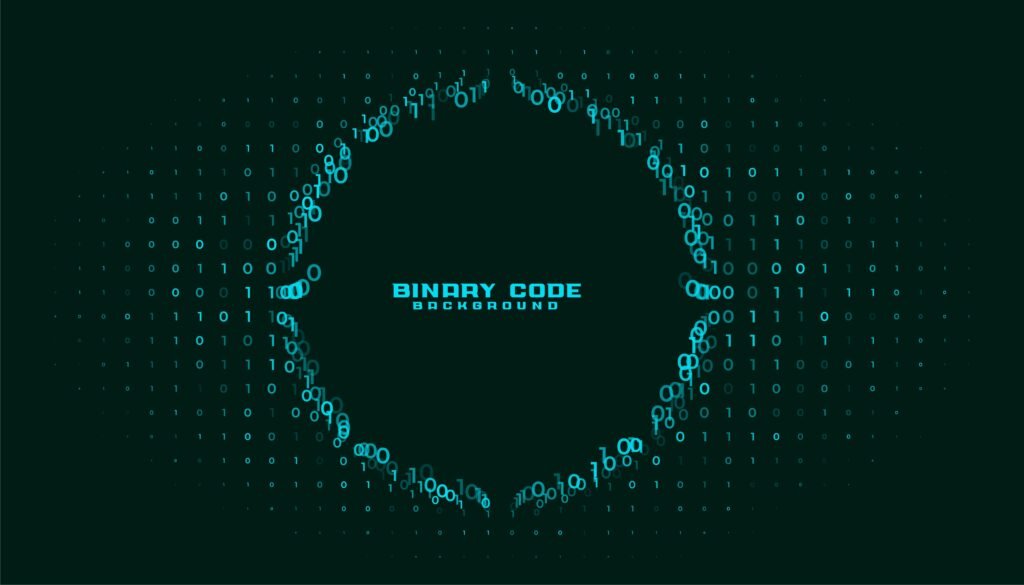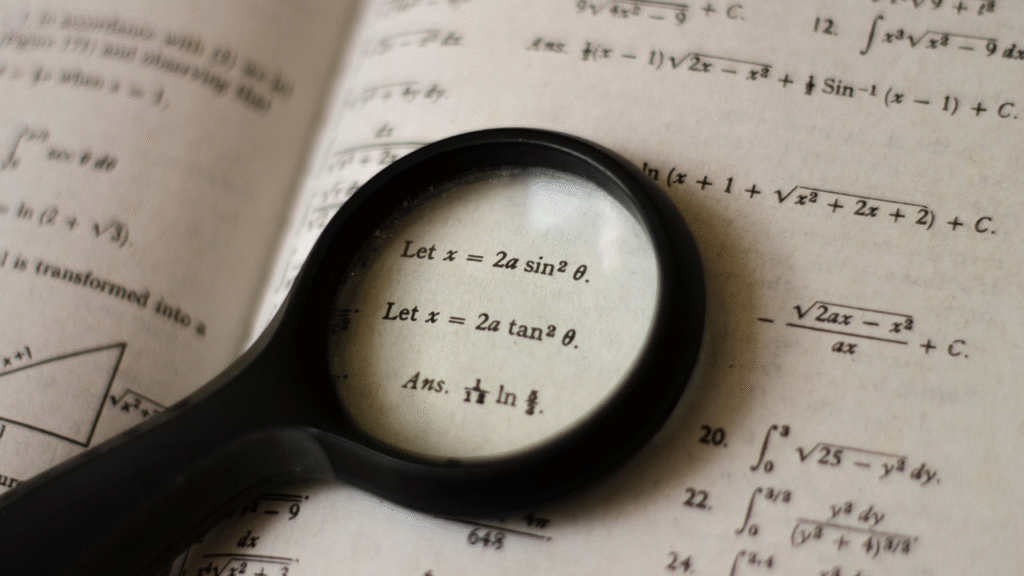In a world where data is power, keeping information secure is more important than ever. Whether it’s your private WhatsApp chats, online banking credentials, or sensitive government data — everything depends on cryptography. But as we step into the quantum era, even the most advanced security systems of today are under threat. Enter quantum cryptography, a revolutionary branch of science where researchers are building entirely new mathematical tools to protect data from future threats.
This exciting shift isn't just theoretical anymore. Quantum scientists around the globe are actively redefining the rules of encryption to create quantum-safe encryption systems — tools that can withstand the enormous power of quantum computing.
So, how exactly are they doing it? And what does it mean for you? Let’s explore!
Why Today’s Cryptography isn’t Future-Proof
Right now, most of the internet runs on classical cryptography, which uses complex mathematical problems — like factoring huge prime numbers — to encrypt your data. These are almost impossible for today’s computers to break.
However, quantum computers are a different breed. They use qubits instead of bits, enabling them to process and analyze massive amounts of data simultaneously. This means that once quantum computing becomes powerful enough, it could break many current cryptographic algorithms in hours — or even minutes.
That’s where post-quantum cryptography comes in.

What is Post-Quantum Cryptography?
Post-quantum cryptography refers to encryption techniques that are secure against attacks from both classical and quantum computers. These aren't based on traditional math problems like prime factorization, but instead use completely different mathematical foundations — such as lattices, hash functions, and multivariate equations.
Quantum scientists are leading the way by designing new cryptographic models that:
- Don’t rely on vulnerable algorithms.
- Can resist the power of quantum computers.
- Are practical enough to be implemented on everyday systems.
This new class of quantum-resistant systems is our best bet for staying safe in a quantum-powered world.
Building a New Math for a New Era
Traditional encryption relies on math that quantum computers can easily crack. So, researchers are now crafting a new math of cryptography — formulas and functions that are immune to quantum attacks.
Some of the most promising areas being explored include:
1. Lattice-Based Cryptography
Think of it like navigating an infinitely repeating grid. Finding your way in a lattice is easy — but finding the exact path someone else took is incredibly hard. Quantum computers struggle with this structure, making it an excellent base for quantum-safe encryption.
2. Hash-Based Signatures
A hash function turns data into a string of characters. Even a tiny change in input gives a completely different result. Post-quantum cryptography uses these functions in creative ways to develop digital signatures that can’t be forged — even by quantum machines.
3. Multivariate Polynomial Cryptography
This involves solving equations with multiple variables — something that becomes extremely complex, even for quantum computers. It’s another pillar of the next-gen cryptographic algorithms.
These mathematical breakthroughs are being developed and tested by a global network of researchers, many of whom are working with government and tech institutions to deploy these systems in real-world scenarios.

What is Quantum Key Distribution (QKD)?
One of the most talked-about innovations in quantum cryptography is Quantum Key Distribution (QKD). It’s a technique that uses the principles of quantum physics to share encryption keys securely.
Here’s the cool part: if a hacker tries to eavesdrop on the key, they’ll leave a trace — because observing quantum particles changes their state. This makes QKD practically unhackable.
Countries like China, the U.S., and members of the EU are already testing QKD in secure communication networks — even using satellites!
Real-World Applications of Quantum Cryptography
Quantum-safe encryption isn’t just for scientists and secret agents. In the coming years, it will impact every aspect of your digital life. Here’s how:
1. Banking and Finance
Banks are already experimenting with quantum-resistant systems to protect transactions, customer data, and digital assets.
2. Healthcare
Hospitals will use secure communication channels to protect patient records and ensure data privacy — especially as telemedicine continues to grow.
3. Defense and Space
Military and space agencies are deploying quantum key distribution to shield communication between ground stations and satellites.
4. Consumer Devices
Your smartphone might soon have built-in post-quantum cryptography to protect apps, chats, and cloud backups.

How Close are We?
You might be wondering — is this all still years away? Not at all. The U.S. National Institute of Standards and Technology (NIST) has already selected a set of post-quantum algorithms that will become the new global encryption standards.
Big tech companies like Google, Microsoft, and IBM are integrating quantum-resistant systems into their services. Even web browsers are beginning to test post-quantum secure connections.
In short, the quantum future is closer than you think — and the math behind it is already being woven into the fabric of our digital world.
The Future of Cybersecurity
Cybersecurity is about staying one step ahead of the threats — and quantum computing is the next big challenge. If we don’t prepare now, hackers armed with quantum machines could gain access to encrypted archives and expose decades of sensitive data.
But thanks to quantum scientists who are designing this new cryptographic framework, we’re not defenseless. These innovators are helping us move from classical cryptography to a future-proof world of quantum-safe encryption.
Final Thoughts
We are at a pivotal moment in tech history. Just like the invention of the internet reshaped society, quantum computing will redefine how we secure and share information.
The good news? Brilliant quantum scientists are already a few steps ahead, working tirelessly to build a secure future with cutting-edge cryptographic algorithms. Their efforts in quantum cryptography ensure that your data — whether it’s a family photo or top-secret government file — will stay safe in the post-quantum world.
So, the next time you hear about “new math” in cryptography, know that it’s not just numbers on paper — it’s a digital shield being forged in real time, for all of us.









